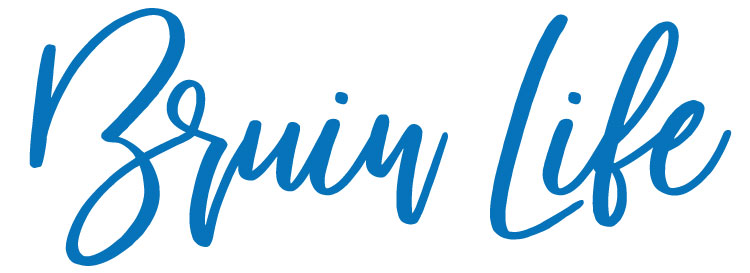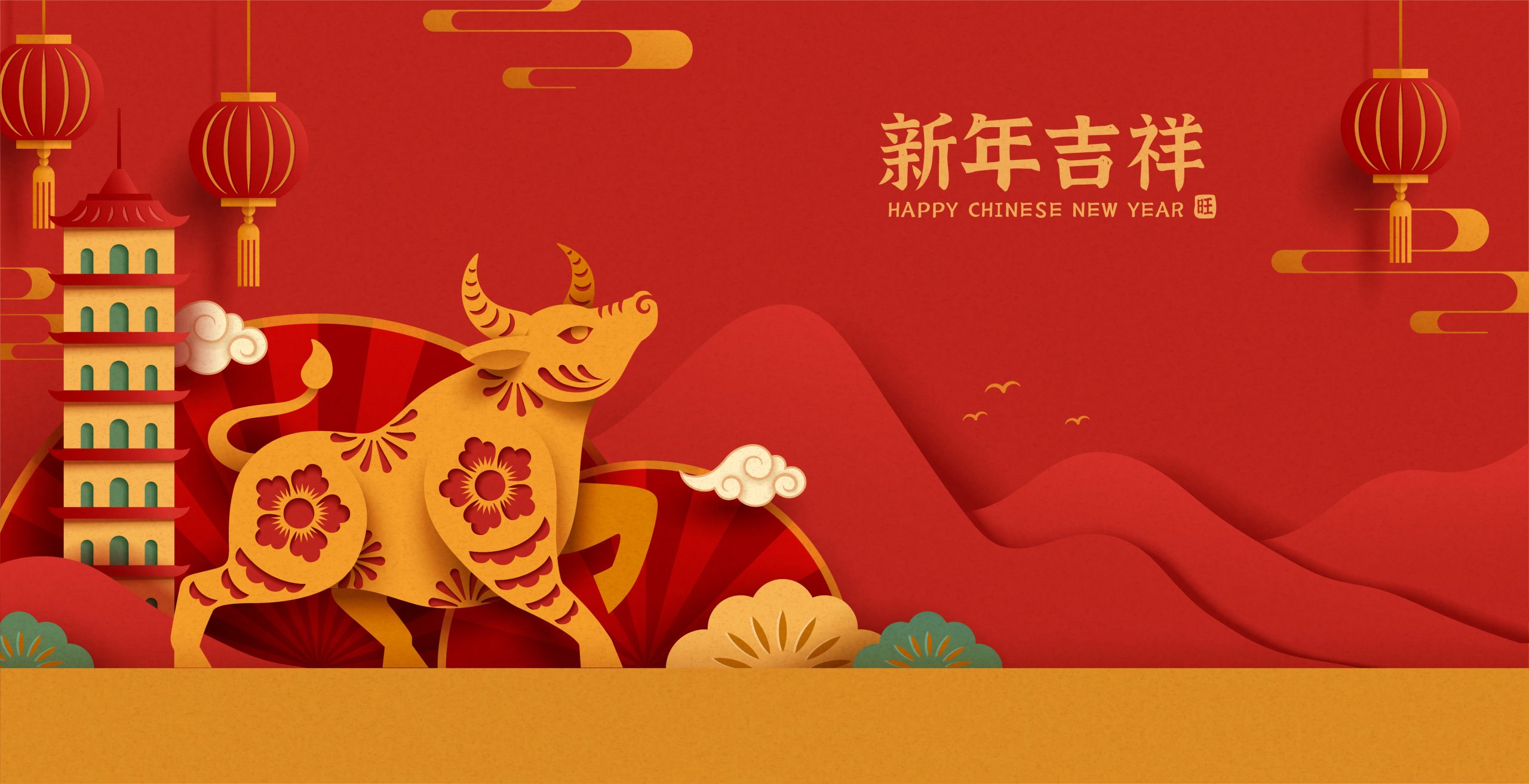On Friday, February 12, millions around the world celebrate the arrival of the Year of the Ox in the annual Spring Festival, more commonly known as Lunar New Year.
Lunar New Year falls on the first new moon of the lunar calendar, for which those commonly of east Asian ethnicities, or are from east Asian countries such as China, Korea, Vietnam, Tibet, Thailand, Indonesia, Malaysia, and the Philippines, observe and honor the holiday for as long as two weeks in a full-blown, celebratory manner. Though each country has its respective traditions with the holiday, one thing is common across the board: the Covid-19 pandemic will alter and likely limit the extent of these celebrations. As a Vietnamese-American, I have felt this shift in full effect.
For the Vietnamese community, the holiday is packed with food, family gatherings, games, and a fair share of superstitions that are especially reinforced during this time of year. Foods such as bánh chưng (savory, sticky rice cake), xôi gấc (sweet gourd sticky rice), and mứt dừa (dried coconut) are staples around the household, as well as home décor in the form of fabric lanterns and florals such as hoa mai (yellow apricot flower) and hoa đào (peach blossom). Families visit relatives from both sides of the family, exchanging lì xì (red envelops) filled with money, wishing each other good health and prosperity in the new year, and playing competitive family games. Tết (Vietnamese term for Lunar New Year) festivals are often hubs for displays of traditional Vietnamese lion dances, firecracker shows, Vietnamese áo dài (national garment) fashion shows, and singing competitions, for which families can both participate in and observe.
Vietnamese traditions are largely based on superstition, warding off back luck for a fresh slate in the new year. Firecrackers are lit to ward off evil spirits, while the traditional dragon and folk dances bring in luck and prosperity to those who watch. There is a large emphasis on making the household spotless inside and out, as it doubles as a form of material and spiritual cleansing. On Lunar New Year day, all family members step outside of their respective households and re-enter together as a symbol of renewal and reset.
The Year of the Ox brings 2021 particular significance given the context of our previous year. As a symbol for hard work and diligence, the ox is believed to usher in substantial change, which our pandemic ridden world is in desperate need of.
On a global scale, families will customarily travel long distances to visit relatives in different cities or countries. However, in contrast to the millions of trips booked in previous years in preparation for Lunar New Year visitations and celebrations, numbers will more than likely decreased due to the risk of Covid-19 exposure on airplanes, trains, or buses.
On a domestic scale, due to California’s safety guidelines prohibiting large group gatherings, much of my family’s Lunar New Year day plans have been thwarted to online video calls, recordings, and to-go food orders. Typically after having dinner at a relative’s house on Lunar New Year Day, my family and I would stop by a Tết festival close to our house to get a feel for celebrations kicked into full gear. But due to the pandemic, the event had been canceled a month in advance. Lunar New Year in my household is treated as a second Thanksgiving in the sense that it is one of the few occasions throughout the year that extended members from both sides of my family are able to see each other in person; but once again, this is not the case for this year. Grand potlucks full of an array of Vietnamese cuisine that we would typically dig into for Lunar New Year meals are greatly frowned upon as well. It became increasingly more difficult to find any trace of that childish, giddy excitement that I would experience in the weeks leading up to Lunar New Year.
But in light of the subsequent changes induced by the current pandemic, families have gotten more creative about crafting Lunar New Year festivities that manage to fill in the gaps and keep the celebratory tradition alive. In the household, my family has gone the extra mile in décor, covering every mantel, utilizing every vase, and filling in every patch of dirt with apricot and peach flowers. Family friends who, likewise, celebrate the holiday, have taken in their own to make Vietnamese Lunar New Year cuisine from scratch, making deliveries of their final products once perfected. Zoom calls have been arranged to hand-make fabric lanterns and to have Lunar New Year meals with relatives, and Tết performances are broadcasted on online so that we may watch them in the comfort of our homes. There is, luckily for us children in the family, no shortage of red envelops either, as my relatives plan to safely deliver them at later time.
So while Lunar New Year 2021 may not be the grand celebration that it formerly was, its importance for the east Asian community still shines, though in a modified way. We won’t be able to feel the vibrations of the firecrackers or stand in awe of the extravagance of the dragon dance performances, but for now, we are grateful for the resources we have to safely celebrate. Though we celebrate independently of others, we wait, and are more excited than ever, for Lunar New Year to return in full at another, safer time.

